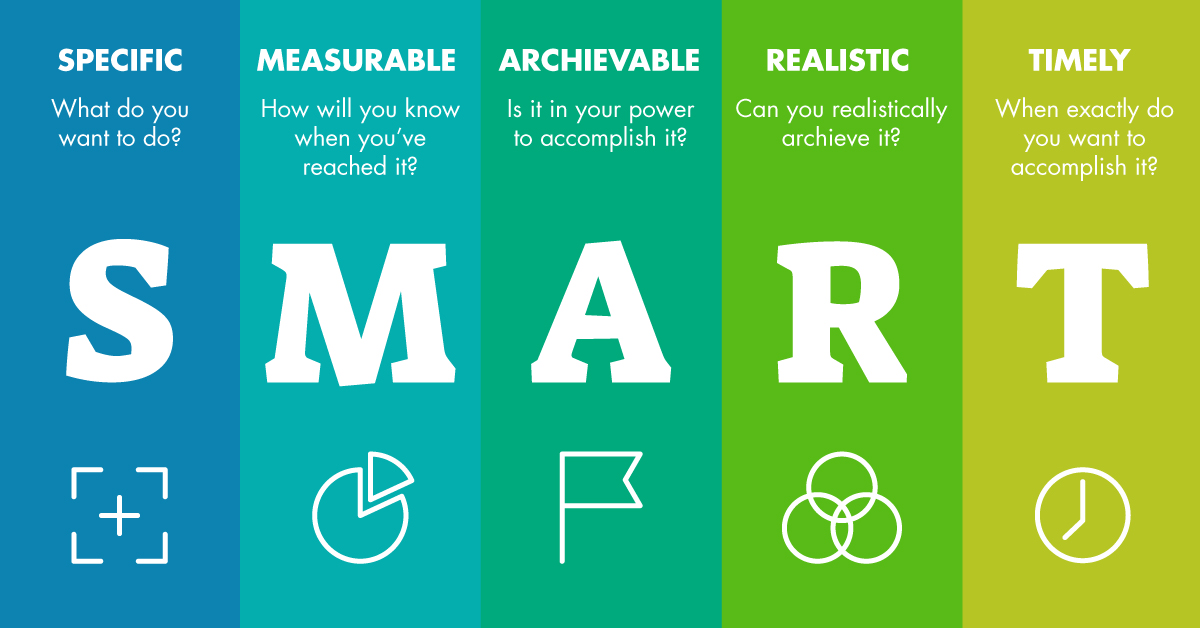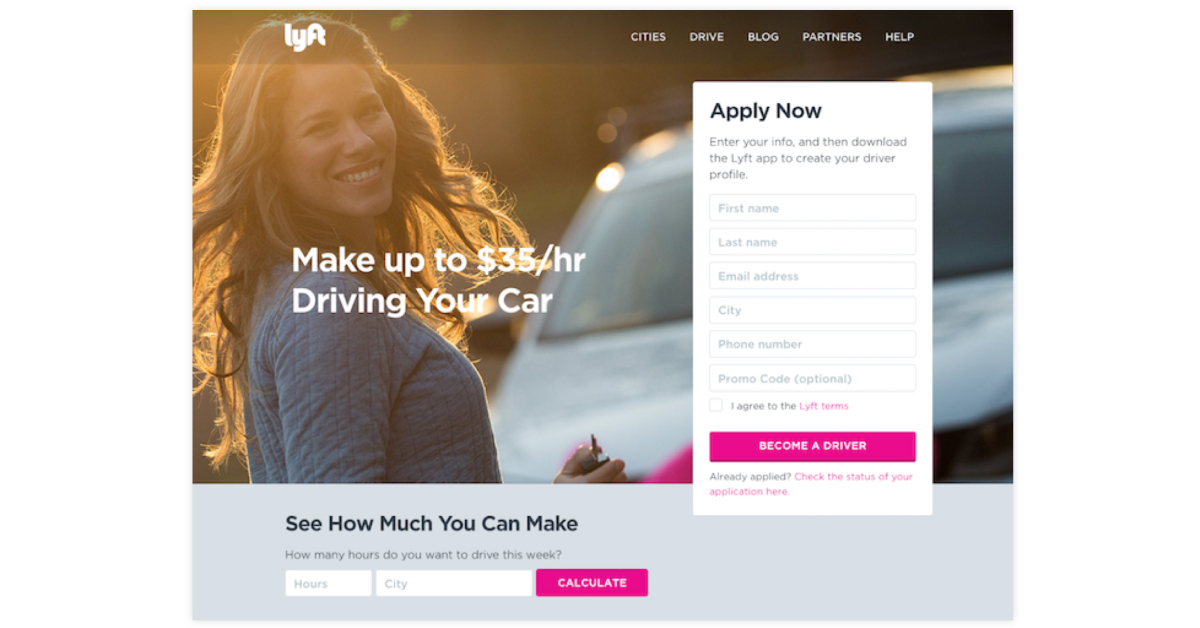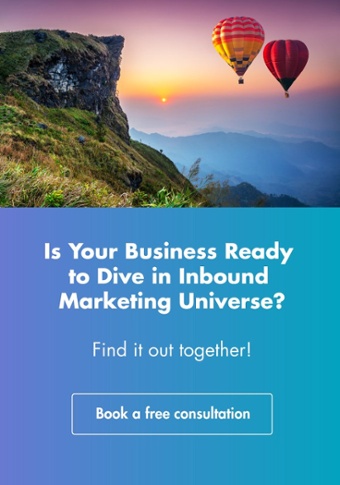Inbound marketing is about attracting the customer with valuable content and experiences that cater to their needs and solve their pain points.
The case for inbound is strong. Not only is it the primary marketing approach for 74% of businesses worldwide, but 53% of marketers report that inbound marketing improves ROI. Not only that, but inbound leads cost 61% less on average than outbound leads—making it a viable lead generation strategy for small and growing businesses.
If you’ve never run an inbound marketing campaign before, the concept might seem daunting. Breaking it down into bite-sized steps makes it a much more manageable task.
In this article, we’ll tell you how to run an inbound marketing campaign in 7 simple steps. Then, we’ll tell you a bit about how YourTarget can help.
What is an inbound marketing campaign?
An inbound marketing campaign describes a set of concentrated marketing efforts that revolve around achieving a common marketing objective. Inbound marketing campaigns focus on attracting leads and customers by providing them with something valuable and relevant and promoting it via a business’s marketing channels.
How to run an inbound marketing campaign in 7 simple steps
1. Identify your audience
Defining your audience is the most fundamental step involved in running your inbound marketing campaign. Before you get too ahead of yourself, make sure you know who exactly your audience is and why you’re targeting them with your campaign.
Your first task is to outline your audience with buyer personas. This might sound complicated, but all it involves is taking a step back to really look at whom your audience is made up of. Doing this ensures your campaign message reaches the right people, at the right time, with the right message. More importantly, it resonates with them.
A buyer persona is a semi-fictional representation of your ideal customer. More than likely, you’ll have several different buyer personas who define your audience. Think about the type of people who might be interested in your brand and take note of the following information:
- Demographics (age, gender, location, etc)
- Their online and offline behavior (which social media platforms they use, when they’re active, etc)
- Their values, goals, and objectives
- Their challenges and pain points (and how you can help!)
- Common objections.
Armed with this information, you’ll be able to paint a semi-realistic picture of your audience and their goals—which you’ll use to inform your inbound marketing campaign.
Tip: The team at YourTarget has created this handy buyer persona template to help you get started.
2. Set your campaign goals and KPIs
We’ve said it before and we’ll say it again: setting goals is crucial to any marketing campaign.
Once you have more information about the audience you’re targeting, it’s time to set some goals. Not just any old goals—SMART goals. SMART goals are goals that are:
- Specific
- Measurable
- Achievable
- Realistic
- Timely.
Goals like “raise awareness” or “generate leads” simply aren’t going to cut it.
You need to create concrete and detailed goals so you know exactly what you’re working towards. Once you’ve identified these goals, you should identify metrics and KPIs to help you measure whether you’re on track to success—or not.
Before you can start outlining your campaign goals, you’ll need to take a good, hard look at where your business currently stands. You can do this by conducting a SWOT analysis, or ask yourself the following questions:
- Which marketing initiatives are working well and which ones aren’t?
- What kind of traffic are you attracting?
- Is your audience engaging with and sharing your content?
- How many leads is your website generating?
- What about conversions?
Answering these questions will help you to identify areas for improvement on which you can base your inbound marketing campaign goals.
Here are some examples of inbound marketing campaigns SMART goals for some inspiration:
- Increase blog subscribers by 40% within four months.
- Boost website traffic by 50% by December 2021.
- Increase email subscribers list by 30% by providing leads with a premium content offering.

3. Develop your offer
The next step is to develop a lead generation offer that your audience simply won’t be able to resist.
You need to know exactly what you’re offering to your readers and what value it provides. Remember, your proposal needs to be enticing enough to convince your audience to hand over their contact details or make a direct purchase from you. This content is known as a lead magnet, and it’s how your campaign will attract your audience.
It’s important to note that evolving privacy initiatives and the GDPR reflect people’s growing concern about whom they share their information with. Be sure you’re giving them a good reason to exchange their personal information, making it clear what they’ll get out of it.
The most effective way to build trust with potential customers is by giving them something they really want. This usually takes the form of information. It might be a downloadable white paper, eBook, or checklist. It could be a discount code or a free trial of your product or service. Or, it might just be an invitation to join your newsletter. Whatever it is, it must provide value to the customer.
4. Create high-converting landing pages
For any inbound marketing campaign to be successful, you’ll need to create highly optimized, conversion-focused landing pages. The landing page is where the user will land, so it needs to be clear and concise—immediately showing the viewer what they’re going to get from your company.
Landing pages are pivotal to any inbound marketing campaign. If your landing page isn’t attractively designed with the user experience in mind, you’re going to miss out on valuable leads and potential customers.
Landing pages that convert have some key elements in common, including:
- A powerful headline
- Images/media
- Clear and engaging copy that details your brand’s USP
- Testimonials
- An effective, action-inducing call-to-action (CTA).

5. Develop a kick-ass content strategy
Now for the fun part.
Content is what lies at the core of any great inbound marketing campaign. Content is the vehicle for getting your message out to your audience and the world. There are many types of content you might consider creating. Whichever form you choose, ensure it’s relevant and valuable to your audience. Remember, it’s not about quantity—quality content is much more likely to resonate with your audience.
Popular types of content that digital marketers are creating include:
- Blogs and long-form content
- Social media content
- Video content
- Podcasts (45% of global internet users aged 25-34 listen to podcasts!)
- Infographics
- White papers
- eBooks
- PPC advertising.
No matter what type of content you create, it should lead the viewer to your carefully curated landing page—where they can take the next step (whatever that may be).
Tip: Keep your content, keywords, and landing pages organized with our editorial calendar template.
6. Nurture your leads
The hard work isn’t over once the lead converts. Now that you’ve lured them in with your incredible content and irresistible landing page, it’s time to nurture those leads.
To do this, set up an email follow-up campaign to pique their interest again. You can offer them something like a free trial or consultation to initiate the conversation and keep them moving through your sales funnel.
Talk about what else you can offer them and why your brand should be their first choice. Email marketing is an art in and of itself, so be sure to check out our ultimate guide to email marketing to help you get started.
7. Measure your campaign results
You’ll never know whether you’re on track to achieving your goals or not if you don’t measure your campaign results. Numerous tools can help you to track the performance of your inbound marketing campaign in real-time and in the long run.
We swear by Hubspot Marketing Hub software, which allows you to plan, execute, and measure your inbound marketing campaigns on a single, easy-to-use platform.
Analyzing campaign performance allows you to identify what you’re doing right and any areas for improvement. This way, you can make sure your next campaign results are even better.
Create results-driven inbound marketing campaigns with YourTarget
Feeling a bit overwhelmed at the prospect of planning your inbound marketing campaign? Don’t worry, we know it’s a lot of information to process! That’s why we’re here to help.
Here at YourTarget, we know a thing or two (or three, or four…) about inbound marketing. Actually, we’re kind of inbound marketing nerds… We can help guide you on how to create inbound marketing campaigns that get results. Or, even better, we can take the task off your hands entirely!
We know the inbound methodology like the back of our collective hands. We can help you to create exceptional content, promote it, and generate leads. Our team of highly skilled marketing professionals is dedicated to helping businesses achieve their goals—no matter how challenging they are.
An effective inbound marketing campaign can bring your business one step closer to the success it deserves. The steps detailed above are a great starting point for planning inbound marketing campaigns that speak to your audience, build brand authority, and —most importantly— get results.
Curious about how YourTarget can take your inbound marketing efforts to the next level? Book a consultation to find out more.

